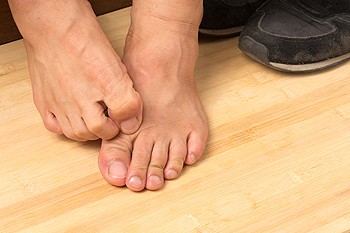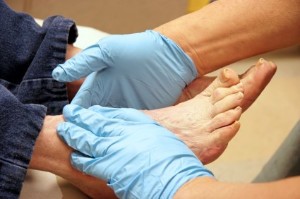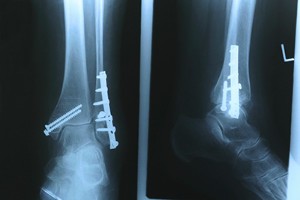 Adolescence can bring about a variety of bodily changes, including a tendency to sweat more from the feet. For some teens, however, the amount of sweat can be unpredictable and excessive. Excessive sweating of the feet is also known as primary focal palmar hyperhidrosis. Beyond just causing sweaty feet, this condition can increase the risk of foot infections and injury. Fortunately, many different treatments are available. A doctor may prescribe your child antiperspirants, which block the sweat ducts to reduce sweating in their feet. Botulinum toxin injections, which block the nerves that cause sweating, and can reduce excessive sweating in the feet for 6-12 months. Iontophoresis is a treatment that uses low-voltage electricity to temporarily disable the sweat glands and reduce excessive sweating. For more information on potential treatments for hyperhidrosis, it is recommended that you consult with a podiatrist today.
Adolescence can bring about a variety of bodily changes, including a tendency to sweat more from the feet. For some teens, however, the amount of sweat can be unpredictable and excessive. Excessive sweating of the feet is also known as primary focal palmar hyperhidrosis. Beyond just causing sweaty feet, this condition can increase the risk of foot infections and injury. Fortunately, many different treatments are available. A doctor may prescribe your child antiperspirants, which block the sweat ducts to reduce sweating in their feet. Botulinum toxin injections, which block the nerves that cause sweating, and can reduce excessive sweating in the feet for 6-12 months. Iontophoresis is a treatment that uses low-voltage electricity to temporarily disable the sweat glands and reduce excessive sweating. For more information on potential treatments for hyperhidrosis, it is recommended that you consult with a podiatrist today.
If you are suffering from hyperhidrosis contact one of our podiatrists of Biebel & DeCotiis Podiatry Associates. Our doctors can provide the care you need to attend to all of your foot and ankle needs.
Hyperhidrosis of the Feet
Hyperhidrosis is a rare disorder that can cause people to have excessive sweating of their feet. This can usually occur all on its own without rigorous activity involved. People who suffer from hyperhidrosis may also experience sweaty palms.
Although it is said that sweating is a healthy process meant to cool down the body temperature and to maintain a proper internal temperature, hyperhidrosis may prove to be a huge hindrance on a person’s everyday life.
Plantar hyperhidrosis is considered to be the main form of hyperhidrosis. Secondary hyperhidrosis can refer to sweating that occurs in areas other than the feet or hands and armpits. Often this may be a sign of it being related to another medical condition such as menopause, hyperthyroidism and even Parkinson’s disease.
In order to alleviate this condition, it is important to see your doctor so that they may prescribe the necessary medications so that you can begin to live a normal life again. If this is left untreated, it is said that it will persist throughout an individual’s life.
A last resort approach would be surgery, but it is best to speak with your doctor to find out what may be the best treatment for you.
If you have any questions please feel free to contact one of our offices located in Holmdel and Middletown, NJ . We offer the newest diagnostic and treatment technologies for all your foot and ankle needs.
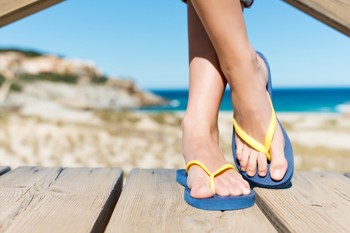
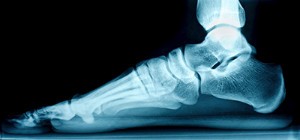
 Flat feet
Flat feet